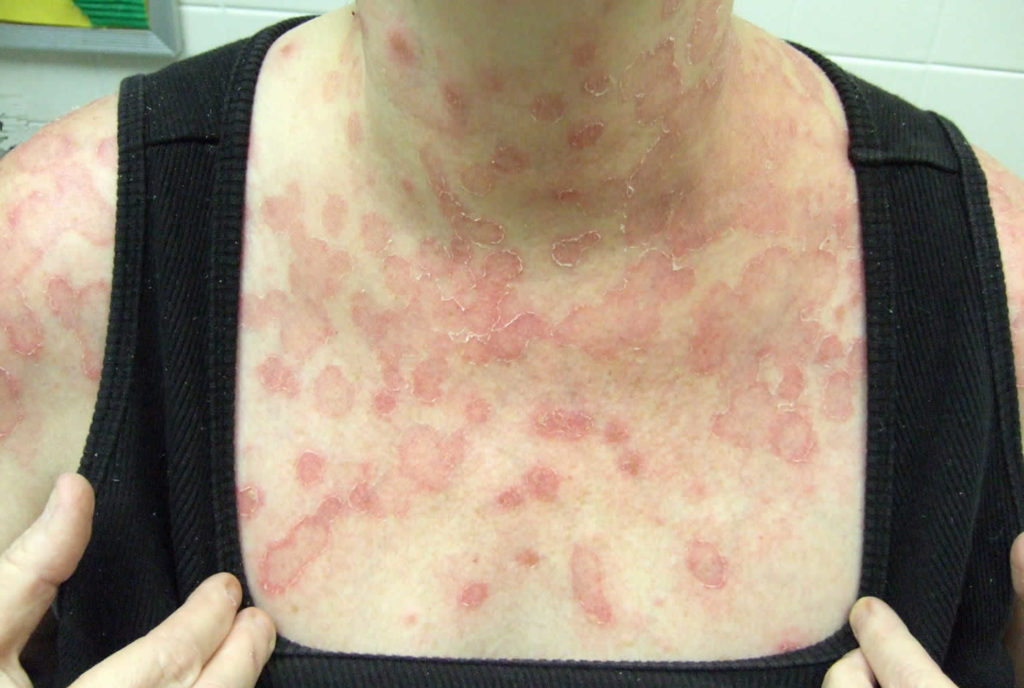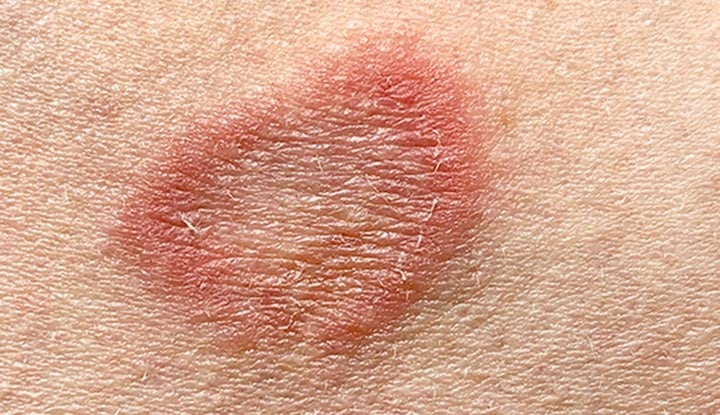
There are several different types of Tina Cruris. The most common type is tinea corporis, which is caused by an infection with the fungus Trichophyton rubrum. It is also called tinea gangrenosa or T. sexicum. In both cases, the lesions are circular, erythematous, and scaly. The most common symptom is disturbed sleep. The treatment for Tina Cruris depends on the type of infection and whether the lesions are scaly or vesicular.
Treatment for Tina Cruris involves a once-daily application of topical antibiotics to the skin. A treatment regimen of terbinafine or ointment for fourteen days is effective for most cases of this ailment. Moreover, there are no cases of recurrence at the end of the study. The duration of the illness varies from three to twenty-four days. Other studies involved people with mild to moderate cases of Tina Cruris.
If your patient’s rash is asymmetrical and scaly, it’s most likely Tina Kruris. The diagnosis can be made on the basis of clinical symptoms and a wet preparation with potassium hydroxide. Treatment options for this infection are usually non-invasive and can be treated with topical antifungal medications, which are listed on the site https://rubricadiarte.it/. If you are treating Tina Cruris, you need to know what your patient is suffering from.
A skin biopsy will help rule out other underlying skin conditions and confirm if Tina Cruris is the cause. The most common form of Tina cruris occurs in the groin. It is easy to diagnose with clinical symptoms, but a thorough examination will ensure that your patient receives the correct diagnosis. In most cases, treatment with terbinafine 1% is all that is needed.
Chronic Tina cruris is the most common type of the disease and usually begins in the groin. In some cases, the disease spreads to the perineum and lower abdomen. Rarely affects the penis. If you suspect Tina Cruris, a skin biopsy may be needed to confirm the diagnosis. Once the infection is diagnosed, the doctor will decide on the appropriate treatment. If there are other symptoms, the biopsy is more likely to be a false negative.

The first type of Tina cruris is a dermatophyte infection. The rash usually begins in the inguinal fold of the skin and spreads to the lower abdomen and groin. Sometimes it can also develop into a more common problem affecting the buttocks and perineum. The symptoms of both types of Tina Cruris are often similar. In both cases, treatment is aimed at changing lifestyle and avoiding the most common mistakes that patients make.
Chronic Tina Cruris is an inflammatory skin condition that usually begins in the groin. Symptoms include a rash and red, scaly papules. The acute and chronic form of Tina cruris is the most common type of this skin infection. It causes a wide range of unpleasant symptoms and affects men of all ages. If you suspect you have a scaly rash, a biopsy will be required.
The second type of Tina Cruris occurs in the skin fold of the groin. The rash usually starts on the inside of the thigh. In rare cases, it can spread to the perineum. The rash can be a scaly rash or scaly dermatitis. The skin of this part of the body is very sensitive and it is important to avoid contracting this type of infection.
The treatment of Tina Cruris is very varied and the best option for your case is a combination of oral and topical medications. Office treatment may include topical treatments and in some cases homeopathic remedies are available. There are other methods of treatment, including surgery. However, a skin biopsy is the most accurate way to diagnose the condition. Treatment will depend on your specific symptoms. For more information on Tina Cruris treatments, visit the health website Cultura Democratica.
A study of two drugs, luliconazole and terbinafine, found that terbinafine was the most effective treatment for ringworm of the trunk, and terbinafine had the lowest incidence. Both of these drugs were effective in 80% of patients, while terbinafine was the least effective. They both produced the same symptoms and both were effective in treating Tina cruris.